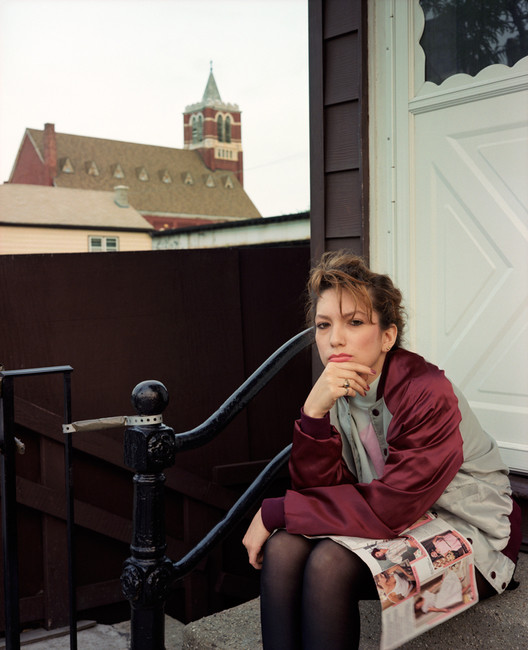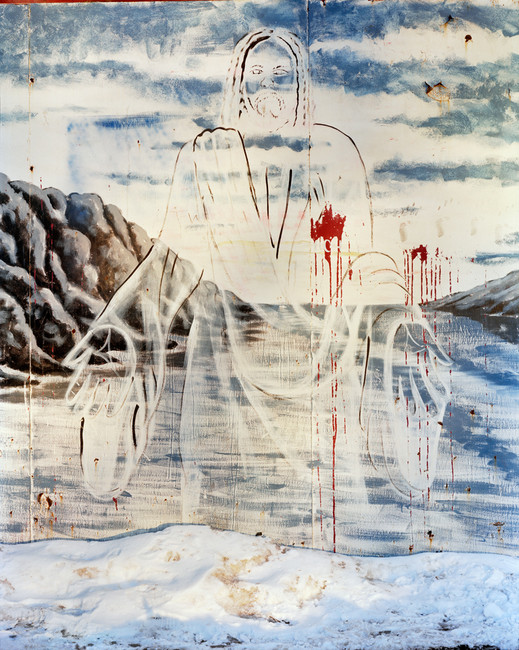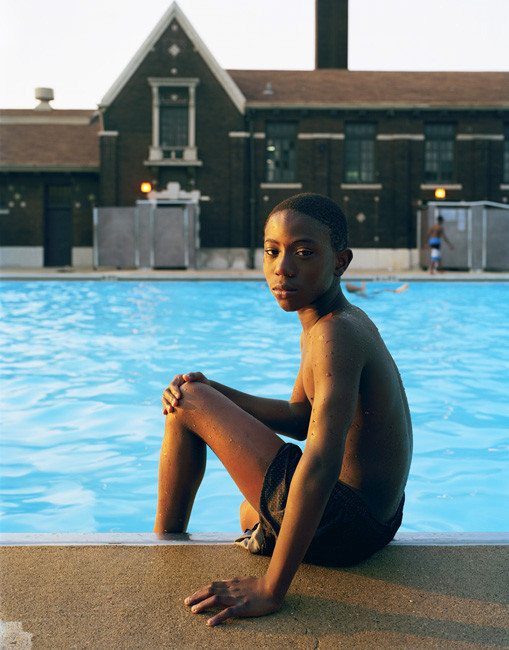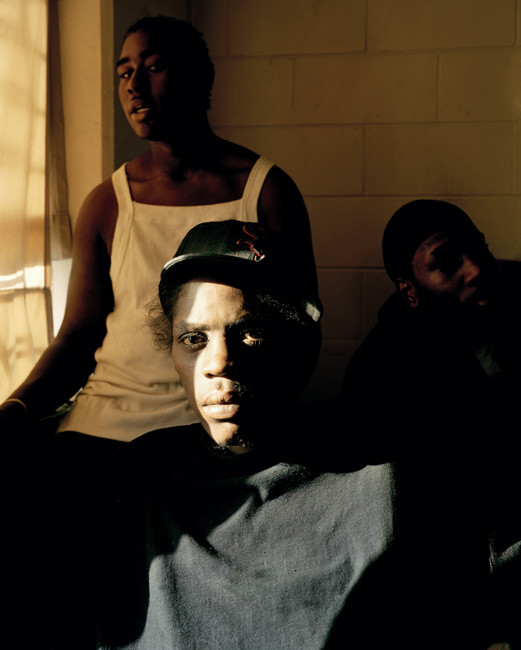Mossless in America is a column featuring interviews with documentary photographers. The series is produced in partnership with Mossless magazine, an experimental photography publication run by Romke Hoogwaerts and Grace Leigh. Romke started Mossless in 2009, as a blog in which he interviewed a different photographer every two days; since 2012 the magazine has produced two print issues, each dealing with a different type of photography. Mossless was featured prominently in the landmark 2012 exhibition Millennium Magazine at the Museum of Modern Art in New York; it is supported by Printed Matter, Inc. Its third issue, a major photographic volume on American documentary photography from the last ten years, titled The United States (2003–2013), will be published this spring.
Advertisement

Paul D'Amato has been documenting dramas in the everyday lives of ordinary people for more than two decades. Born in 1956 in Boston, D'Amato claims to have learned as much from traveling across the country to go home—often by hitchhiking and hopping freight trains—as he did in class at Reed College in Oregon. After receiving an MFA from Yale he moved to Chicago, where he discovered communities like Pilsen and Little Village. The pictures and writing D'Amato produced there over the next fourteen years became a book, titled Barrio, published by University of Chicago Press in 2006. We talked with Paul about these pictures, in addition to the new series he is currently photographing on the west side of Chicago, which is called HereStillNow. Part of this work was recently published in a monograph by Chicago's DePaul Art Museum, titled We Shall.Mossless: What’s it like to live on the West Side of Chicago?Paul D'Amato: The West Side is African American and poor. It encompasses a number of neighborhoods such as Garfield Park, Lawndale, and Humbolt Park, among others, which are the poorest in the City of Chicago. There exist, of course, all the typical statistical measures that make the West Side seem like all of the other swaths of poverty in every major city in the US, but none indicate what it’s like to live here. I can’t say what it’s like, since I don’t live here, either. Even after 10 years of being in these communities every week of the year, it’d be presumptuous for me to say what it’s like to grow up in a place that no one strives to move to and everyone leaves as soon as they financially can.
Advertisement
Shavondra, Chicago 2005Tell me about one of your subjects. Who is Shavondra?What I can attest to is that all of the people that I meet, continue to know, and photograph are as unique as anyone anywhere else and can’t be encompassed by the economic measures that we use to describe whole groups. The pictures are meant to show that each of my subjects are as important as any that have appeared in art.Shavondra is someone I knew for many years and, like most of the people in the pictures, photographed repeatedly. And like everyone I keep photographing, she appeared differently each time. The day of the photograph that’s in the book, she had this Mount Rushmore solidity that I really like, and I suppose, now that the picture’s been published, she’s kind of cast in stone as well.How do you feel your series reflects on America, as a country?These communities are the collateral damage of capitalism. About a quarter of our country lives in poverty. It’s so pervasive and common that we as nation are led to believe that it’s an impossible problem to solve. It’s shameful that we don’t. So how does it reflect on our country? It tarnishes everything we’re told is great about the Unites States.From the series BarrioYou photographed your series Barrio in a Mexican neighbourhood called Pilsen for fourteen years. What made you decide you were finished with the series?Pilsen is a neighborhood in the South Side of Chicago. I stopped for two reasons. First, after 14 years, I felt I needed to move on as an artist. Second, gentrification was starting and homogeneity had begun.
Advertisement
What kind of notes did you leave in your journal during your time there?The second chapter of the book on this work Barrio is a selection of journal entries that I made over the course of my time there. There are about eight journals that are full of all kinds of things: stories, drawings, and photographs. Only a small fraction is reproduced in the book. The journals are pretty cool as objects, though I don’t think I’d want anyone to be able to read them.What’s your favorite thing to teach about photography?It’s like that exchange from the movie Almost Famous: “What do you love about music?” “To begin with, everything. "Paul D'Amato teaches at Columbia College in Chicago. His work has been published widely and shown internationally, and he has been awarded many grants, including a Guggenheim Fellowship.Follow Mossless magazine on Twitter.



